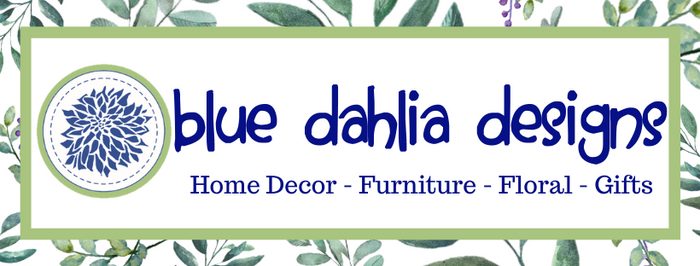Sign Up for Our Email ListGet 15% off Plus a Birthday Reward!
Extended Return Policy-Returns and Exchanges Accepted until January 15thExcludes Clearance & Holiday Items
-
New Arrivals
-
Florals
-
Home & Furniture
-
Gifts
-
Design Hub
-
The Holiday Shoppe
Get 15% off













